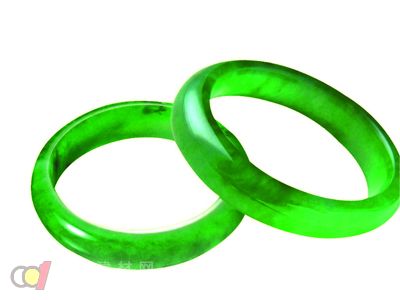Jade Identification
First, the evaluation of jade raw materials:
1. Seeds: The highest quality jade material, characterized by a skin known as "leather." These stones are naturally weathered over time by water, acid, and erosion, resulting in a leathery surface. Depending on the skin type, they can be classified into three categories:
- Water Seed (Fine Skin Seed): Smooth surface with a thin skin, often referred to as "thin skin stuffing." Found in areas like puddles or old pits.
- Soil Seed (Coarse Skin Seed): Thicker skin with visible crystal particles, typically found in new pits.
- Shapi Seed (Water Back to Sand): Features a sand-like granular structure, giving it a compact and solid appearance with a thin skin, often called the new old pit.
2. Mountain Material: Extracted through artificial mining, these stones lack a skin and have sharp edges and corners.

3. Half-Mountain Material: A mix between mountain material and seeds, showing some characteristics of both.
4. Old Pit: Refers to jade that has been naturally exposed for a long period. These stones are eroded by rain, snow, and acidic elements, resulting in a fine texture and good translucency. Some seeds and half-mountain materials fall under this category.
5. New Pit: Refers to jade that formed more recently and has not been exposed for long. These stones tend to have a coarser texture and less translucency. Most mountain materials belong to this group.
6. New and Old Pits: Describes sand seed material, which exhibits characteristics between new and old pits in terms of appearance.
Second, evaluating the quality of jade material:
1. Look at the "seed" (texture and density). Old pits are considered superior, while natural seeds from mountain and half-mountain materials are also highly valued. The finer the jade particles and the tighter the structure, the better the quality.
2. Check the "water head," which refers to the transparency and clarity of the jade.
3. Assess the color. Color is one of the most important factors in jade. Jadeite comes in four main types: green, red/yellow-red, purple, and white. Pure white jade is rare, while solid-colored jade (all green, all red, or all purple) is less common. Common colors include Cui (green), Fei (red), and violet.
4. Examine the body or overall structure.
5. Look at the carving workmanship.
6. Consider the overall appearance.
The top three factors—seed, color, and water—are the most critical, while the other three are secondary but still important.
Third, identifying real jade from fakes:
There are generally three types of fake jade: imitation jade with different color, poor-quality jade passing off as high-quality, and ordinary jade with added color to look like real jade.
1. Identifying genuine jadeite vs. dyed jade:
1) Jade vs. Fai Cui: Fai Cui, also known as "fried green" or "twilight," is artificially colored using a dry white jade. It is repeatedly fired and cooled to achieve its green color.
2) A-grade vs. C-grade Jade: A-grade jade is natural and retains its original color, while C-grade jade is artificially colored using laser techniques.
3) A-grade vs. B-grade Jade: B-grade jade undergoes chemical treatment to remove impurities, resulting in a loose structure. Under magnification, the crystals appear disordered, with blurred boundaries and sometimes broken particles. This makes it distinct from A-grade jade, which has a clear, directional crystal arrangement.
Industrial Warehouse Ceiling Fans
Industrial warehouse ceiling fans are specially designed for keeping cool in large buildings like warehouse, factory, gym, theater, or supermarket. Industrial ceiling fans are made in big size. And it is set to rotate in a low speed continually, to bring big volume of air circulate up and down around the large building. During such air circulation, hot air will be taken away.
Industrial Warehouse Ceiling Fans,Large Warehouse Ceiling Fans,Big Ceiling Fans For Warehouse,Commercial Warehouse Ceiling Fans
SHANGHAI KENVO DOOR CO.,LTD , https://www.kenvodoor.com